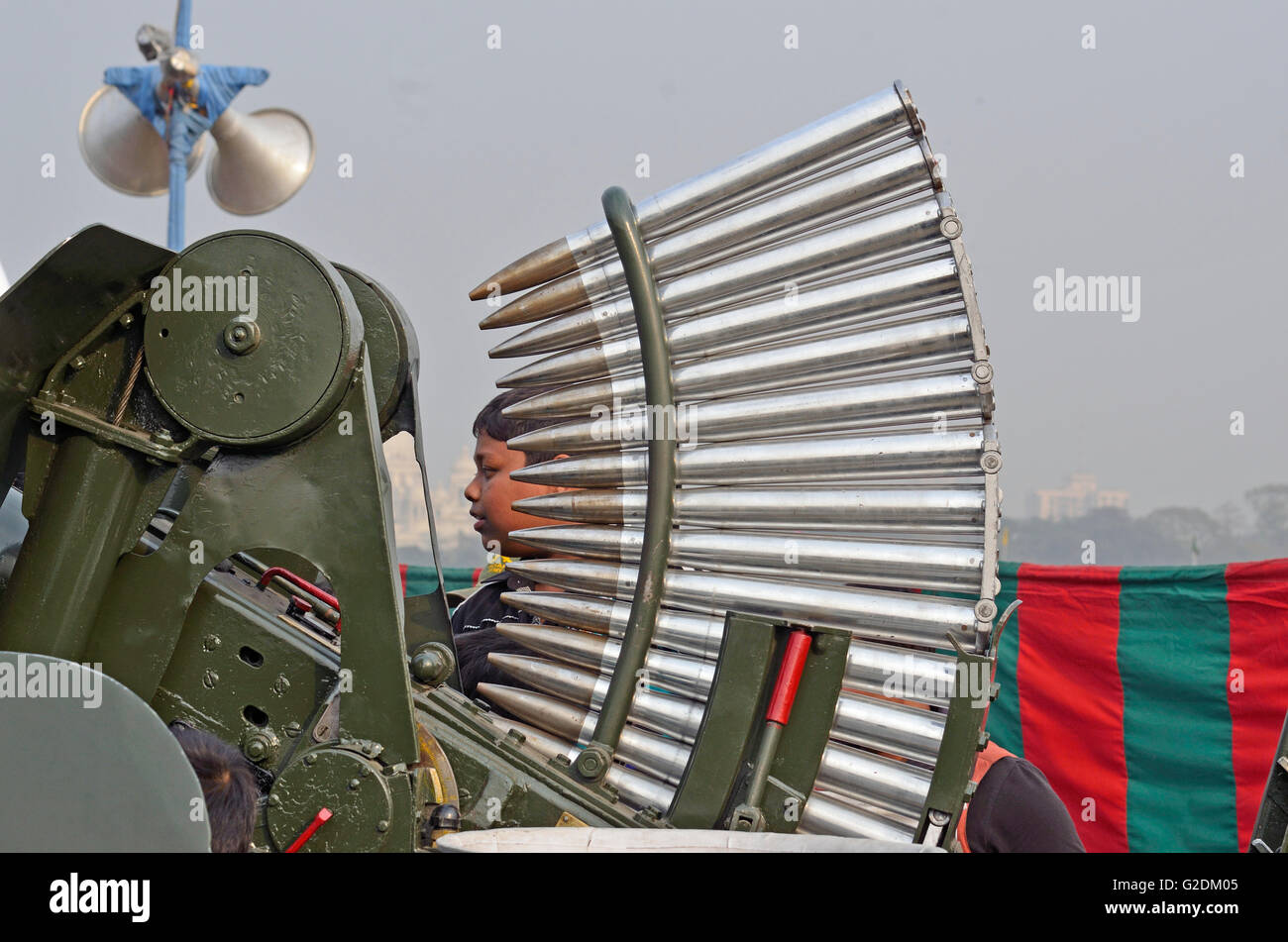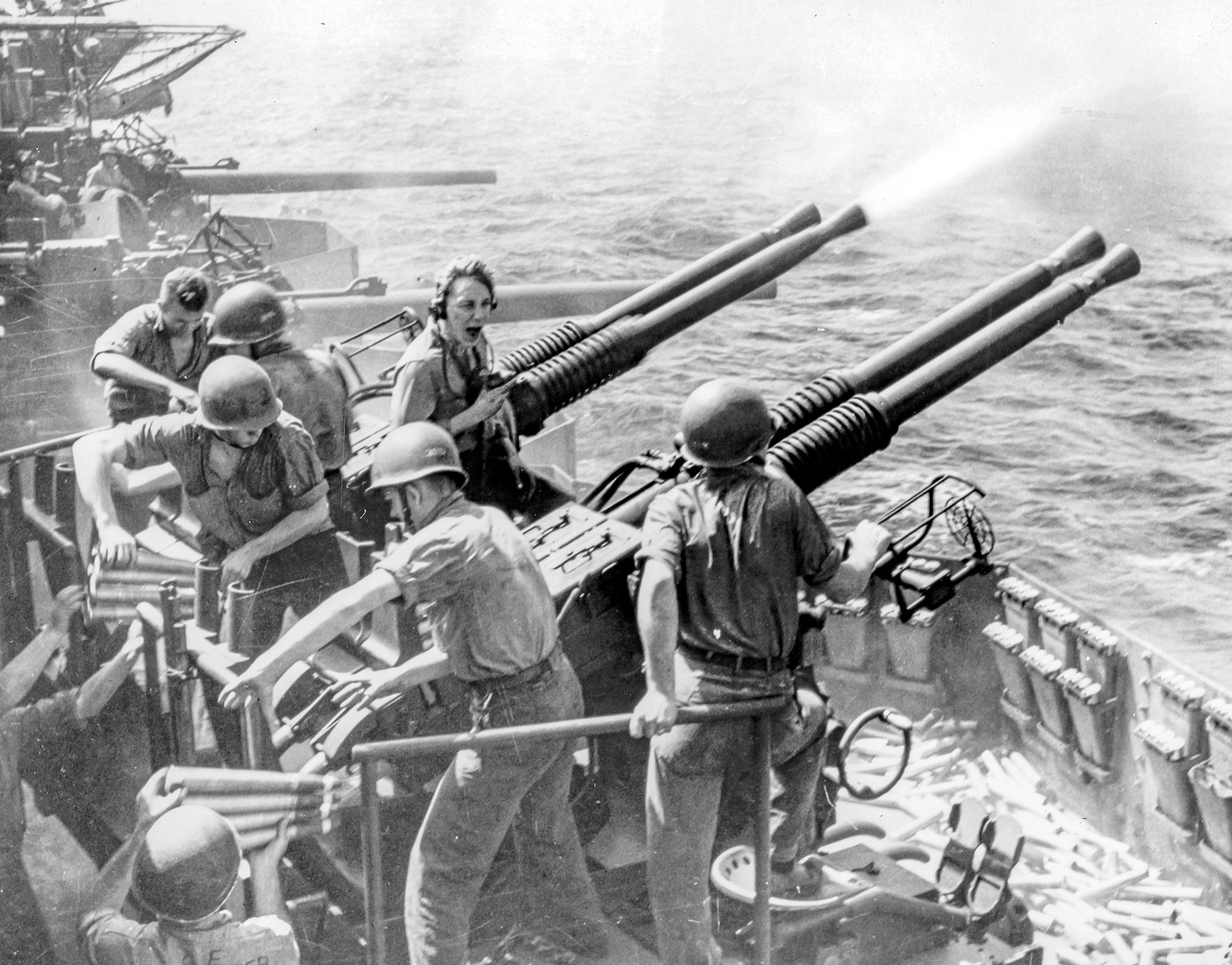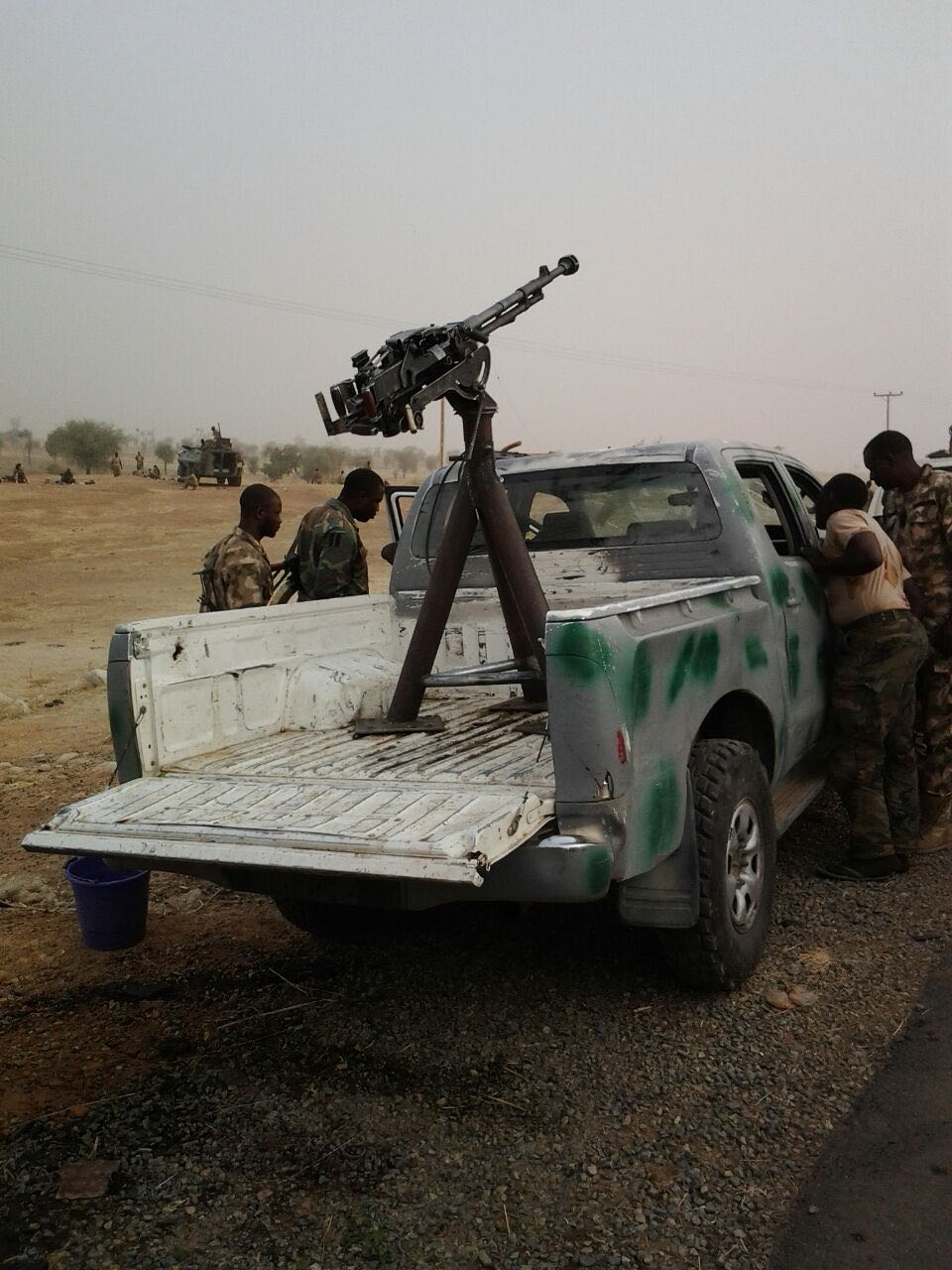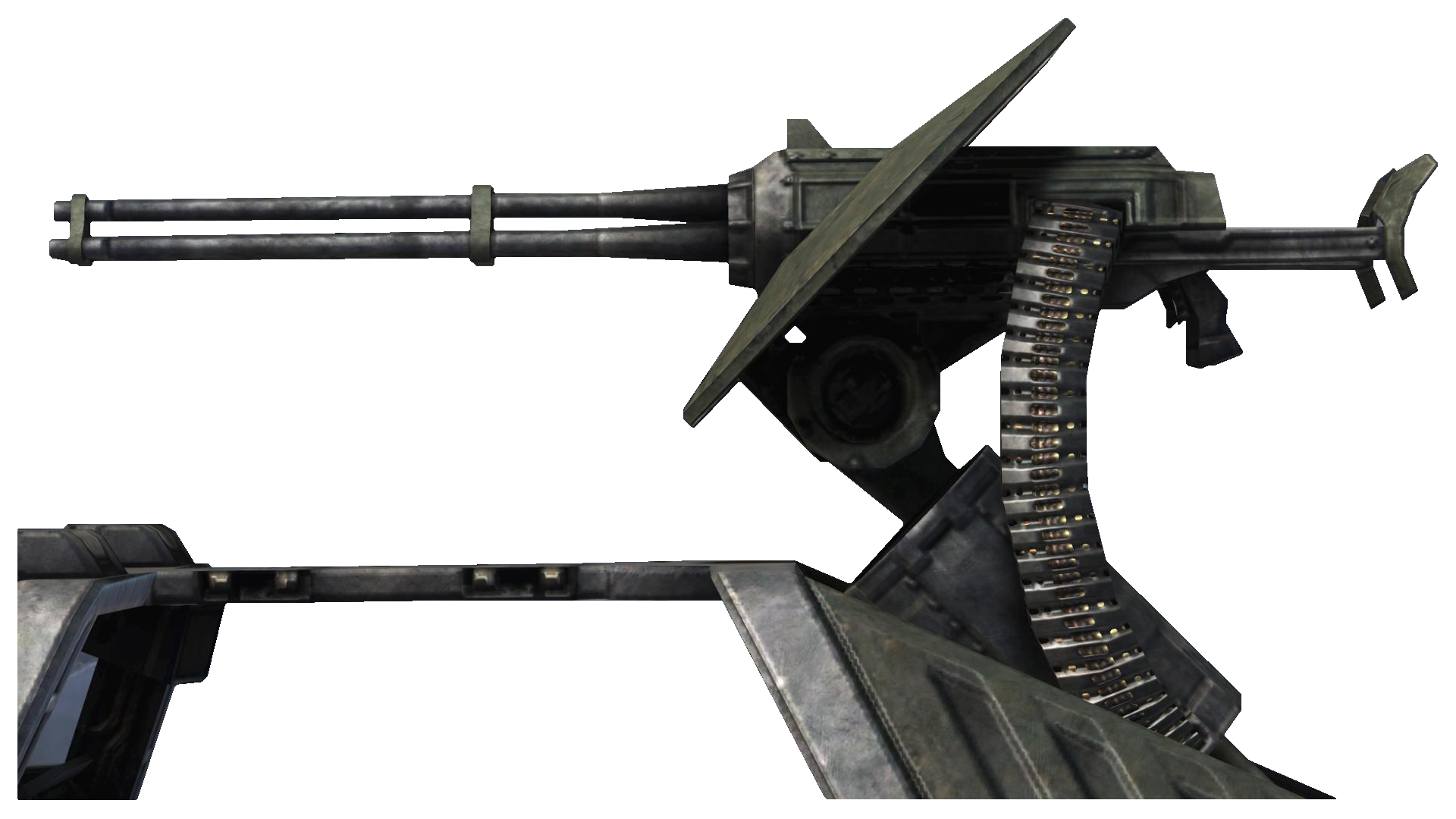Anti Aircraft Bullet - Thanks for your interest in the Periscope Film stock footage library. We maintain one of the largest collections of historic military, aviation and transportation in the USA. We provide free research and can provide viewing copies if you can let us know some of the specific types of material you are looking for.
Almost all of our materials are available in high quality 24p HD ProRes and 2k/4k resolution. Memorials, such as the anti-aircraft gun in Los Lunas and the others mentioned above, represent a part of the collective memory of places and times.
Anti Aircraft Bullet
I submit that it is important that we do not lose these memories. Several other memorials have been erected to remember the sacrifices made by Valencianos during World War II. These include the crosses on Tomé Hill, the anti-aircraft gun in Belen (which has been removed), a memorial in Jarales and a memorial in front of the Church of the Immaculate Conception in Tomé.
Collective Memory
In fact, so many Rio Abajo soldiers died during the Bataan Death March or were subsequently incarcerated in prisoner of war camps in the Philippines or in Japan that when famed New Mexico santero Carlos Otero carved the retablo for the Church of Our Lady of Guadalupe in Peralta
, he included a panel showing Santo Niño de Atocha, the patron saint of pilgrims and prisoners. Wald had a different view. He said the armor shouldn't go where the bullet holes are. Instead, it should go where there aren't holes.
His insight was to realize that when considering all the planes flying missions, the bullet holes should be evenly distributed — there is no reason why anti-aircraft guns fired from thousands of feet away would hit just the wings and fuselage.
It is the planes that didn't return that were hit in the engines and that's where the armor should go. Good to Great: The business book Good to Great by Jim Collins is widely considered one of the best business strategy books of all time.
History And Details Of The Anti-Aircraft Gun
In the book, Collins highlights strategies and management techniques followed by some of the world's most successful companies. A major criticism of the book is that Collins did not research whether unsuccessful companies had also adopted those strategies and techniques — he only focused on the successful companies.

By April 1942, however, despite heroic actions, the defenders of Bataan were running out of ammunition and supplies. On April 9, 1942, their commander, Gen. Jonathan Wainwright was forced to surrender to the overwhelming Japanese forces.
Made by the Royal Navy at HMS Excellent, the RN's gunnery school, TRACER OBSERVATION shows the use of tracer ammunition in combat conditions against aircraft. Using animation and live action, the film shows how tracer works, and how it can be used to adjust shell trajectories against a moving target.
The film also contains a fascinating look at some of the optical effects produced by the human eye when dealing with a fast moving target such as an aircraft. A typically British film, at 8:11 it uses a bottle of Guinness Stout to make some points about elevation relative to the position of a distant target.
New Mexico And The Defense Of Bataan
The nine-ton gun was installed on a concrete slab provided by the American Legion. The installation originally included a flagpole and a plaque, and the entire display was fenced. The mounting hole for the flagpole, the holes where a fence was originally installed, the gun itself, and a heavily weathered memorial plaque are all that remain today.
In 1953 the U.S. Army introduced the Skysweeper, a 75-millimeter automatic cannon firing 45 shells per minute, aimed and fired by its own radar-computer system. With the introduction of guided surface-to-air missiles in the 1950s and '60s, heavy antiaircraft guns such as this were phased out, although radar-guided automatic guns of 20 to 40 mm continued to provide a defense against low-flying aircraft and
helicopters. Military hardware, especially cannons, guns, tanks and other obvious weapons of war, were frequently chosen, along with obelisks or statues representing the contribution of the municipality to the war effort. It is hard to travel through towns and villages in Europe without seeing these monuments, often in a place of honor in the center square of the municipality and some of which memorialize events as far distant as the Middle Ages.
Many small towns across the United States have similar memorials. Typically, two of the 90-mm guns were on fixed mounts and two were in towable configurations. Emplacements for at least 90 batteries of two fixed guns each, plus mobile weapons, were constructed in CONUS, Panama, Alaska, Hawaii, Puerto Rico, the Philippines and elsewhere.

American Legion Post 85 placed the gun in the Solomon Luna Park in March 1959. Jack Lovato, the vice-commander of Post 85 (and the father of Jack Lovato Jr., a life member of both American Legion Post 81 in Belen and the Daniel
D. Fernandez Veterans of Foreign Wars Post 9676 in Los Lunas), accepted the donation on behalf of the village and the school district. During WWII the US Army (there was no Air Force yet) faced an interesting problem: where should they put armor on bombers in order to reduce casualties?
Armor is protective against bullets but it is heavy. Too much and the planes won't perform well. Too little leaves the planes exposed. Jim Sloan was the photography curator at the Belen Harvey House Museum, a member of the Board of Directors of the Valencia County Historical Society, and a long-time contributor to history-related writing and discussions in the Rio Abajo.
He passed away recently and is terribly missed by all his friends and family in Valencia County. His research was critical to the completion of this article. After a few hundred M1s were completed, several improvements were added to produce the 90-mm M1A1, which was accepted on May 22, 1941. The M1A1 included an improved mount and spring-rammer on the breech, with the result that the gun could
fire up to twenty high-explosive projectiles per minute, each weighing about 20 pounds. These guns could engage targets flying as high as 30,000 feet. antiaircraft gun, artillery piece that is fired from the ground or shipboard in defense against aerial attack.
Antiaircraft weapons development began as early as 1910, when the airplane first became an effective weapon. In World War I, field artillery pieces up to about 90 mm (3.5 inches) in caliber were converted to antiaircraft use by mountings that enabled them to fire nearly vertically.
Aiming methods were inadequate, however, and in the interwar decades great progress was made in the development of range finders, searchlights, time fuzes, and gunlaying mechanisms to help artillery pieces hit the rapidly moving targets presented by aircraft.

We place monuments and name parks, schools and buildings for individuals or events, but too soon, new crises arise, the rush of day-to-day life intervenes, and the rationale for raising these monuments and honoring these individuals fades in our rear-
view mirrors. As you drove by, how many of you have even noticed the anti-aircraft gun pointing skyward from the corner east of the museum? In fact, that day has a significant history, not only for Los Lunas but for all of New Mexico.
The United States had deployed 3-inch (75 millimeter) anti-aircraft guns prior to World War II. However, after World War I, as aircraft became a much more effective military weapon, the Army became interested in a more capable anti-aircraft weapon.
Of the 1,825 New Mexicans who originally deployed in 1941 and who were forced to endure these terrible ordeals, 1,138 survived and returned to New Mexico after the war. Virtually all of the returnees were permanently scarred, either physically or emotionally or both, by their time in the Philippines.
This film is part of the Periscope Film LLC archive, one of the largest historical military, transportation, and aviation stock footage collections in the USA. Full film backed, this material is available for licensing in 24p HD, 2k and 4k.
For more information visit http://www.PeriscopeFilm.com It sits adjacent to the school district's Special Services building, formerly the administrative headquarters for Los Lunas Schools, which, in turn, is adjacent to Los Lunas Middle School, formerly Solomon Luna High School — the first and only high school in Los Lunas from 1926
until 1969. The United Kingdom was the first to develop and introduce a tracer round, a version of the .303 cartridge in 1915. The United States introduced a .30-06 tracer in 1917. Prior to adopting red (and later, other color) bullet tips

for tracers, American tracers were identified by blackened cartridge cases. Great comment. Consumer companies, especially with small market share, often survey their customers about preferences and changes. Research would be better spent asking buyers who choose a competitor's product what they value;
there lies the opportunity. A long-standing tradition across the United States, and many other countries as well, is to have memorial locations which recognize the contributions of a particular city or town to the various military conflicts in which people from the city or town have fought, been injured
or given their lives. In World War II, rapid-firing and automatic antiaircraft guns were introduced, radar was applied to target tracking, and tiny radio-wave proximity fuzes exploded the ammunition as it approached the target. Against dive-bombers and low-level attack aircraft, a 40-millimeter (1.5-inch) gun, first produced by the Bofors firm of Sweden, was widely used by the British and U.S.
forces. It fired 2-pound (0.9-kilogram) projectiles to a height of 2 miles (3.2 km) at 120 rounds per minute. The Soviets based their 37-millimeter weapon on this gun. Heavier antiaircraft guns, up to 120 mm, were used against high-flying bombers.
The most effective of these was the German 88-millimeter Fliegerabwehrkanone; its abbreviated name, flak, became a universal term for antiaircraft fire. Investing: A study by Vanguard found that only 55% of equity mutual funds were still in existence after 15 years — 45% of them were poor performers and had been closed or merged into other ones.
This leads to investment managers being able to tout that most of their funds outperform the market because their poor-performing funds were closed. The Army gave Wald useful data — they had recorded the average number of bullet holes per square foot on planes that had come back from bombing missions.
The data revealed that there were many bullet holes in the fuselage and wings, but few holes in the engines. The data looked like this: Survivorship bias "is the logical error of concentrating on the people or things that made it past some selection process and overlooking those that did not, typically because of their lack of visibility."

Source. Survivorship bias is commonly overlooked and can lead to bad decisions. Keeping in mind the bullet hole story is a powerful mental model for making better decisions. Here are a few examples: More than 50,000 New Mexicans served in World War II.
One of the major deployments of these soldiers was the air defense of Bataan, a critical peninsula on the island of Luzon in the northern Philippines. A total of 1,825 New Mexico National Guardsmen, all members of the 200th and 515th Coast Artillery units, were among the soldiers who manned these air defense positions.
These units were equipped with the 90-mm M1A1 anti-aircraft guns. Thousands of Wainwright's men, along with many Filipinos, were forced to march from Bataan to prison camps, some 60 miles away enduring the blazing tropical heat with little to eat or drink and no care for wounded or sick men.
I died or were bayoneted by Japanese soldiers or were just left to die along the way. Initially, these projectiles required a direct hit to explode. During later phases of the war, proximity fuses, which had been developed and tested at Kirtland Army Air Field (now Kirtland Air Force Base) in Albuquerque, were added to improve the effectiveness of the weapon.
During the war, the Coast Artillery Corps adopted the 90-mm M1A1 to supplement or replace aging 3-inch guns in harbor defense commands in the Continental United States (CONUS) and in U.S. territories. The artillery groups were typically organized with four 90-mm anti-aircraft guns and two smaller 37-mm or 40-mm anti-aircraft guns each.
Eventually, clearer minds prevailed, and the guns' operating mechanisms were disabled. Many of the guns in towns around the state, including the ones in Belen and Albuquerque, were subsequently removed, and those that remained slowly became part of the landscape.
anti aircraft guns, anti aircraft systems, aircraft bullet holes, us anti aircraft guns, alexander bullet aircraft, anti aircraft weapons, anti aircraft games, anti aircraft tank

0 Comments